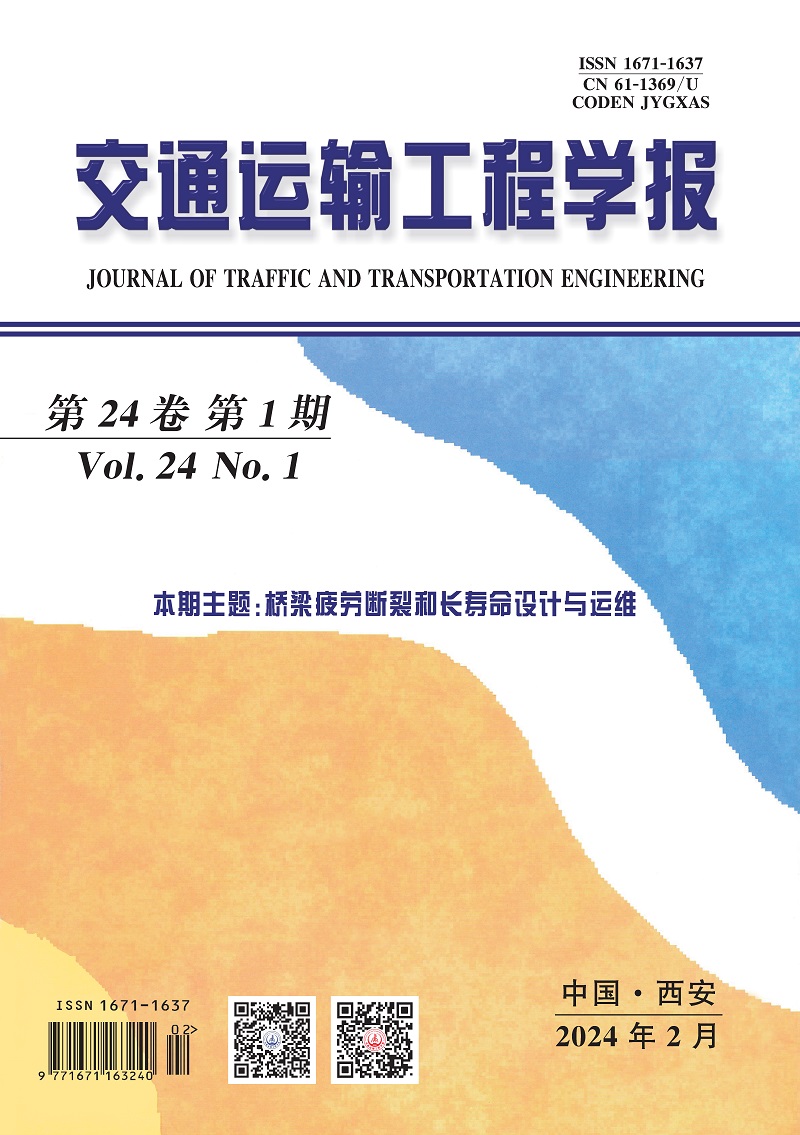2022 Vol. 22, No. 2
Display Method:
Thermal-mechanical coupling analysis of three-dimensional elastic-plastic wheel-rail sliding contact
Abstract:
2022, 22(2): 208-218.
doi: 10.19818/j.cnki.1671-1637.2022.02.016




